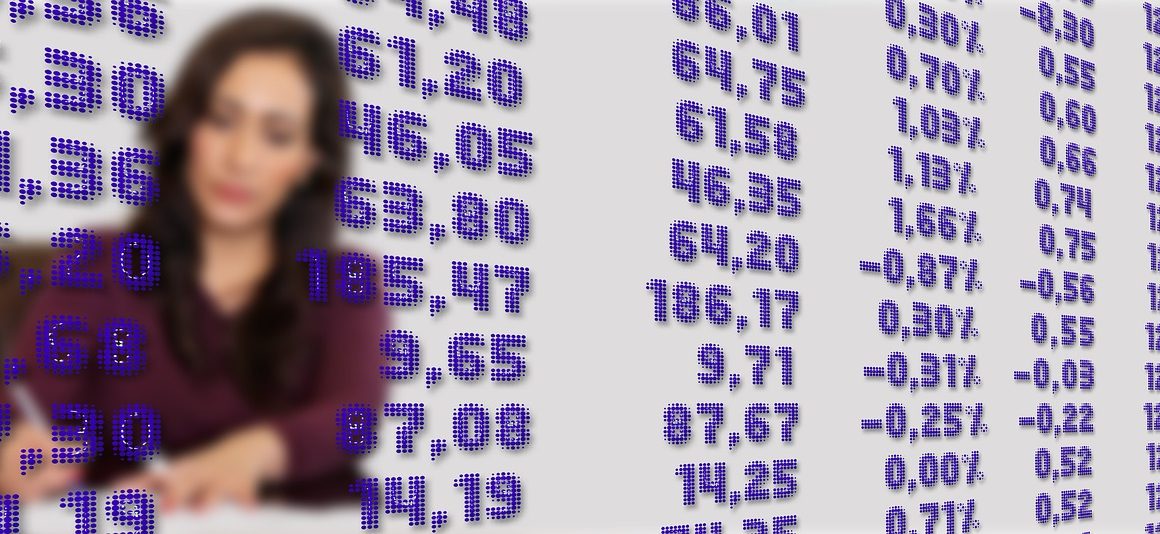Digital planners have revolutionized the way we organize our lives, offering a seamless blend of traditional planning with the convenience and flexibility of technology. Whether you’re a student, a busy professional, or simply someone looking to stay on top of their game, a digital planner can be a game-changer. This guide will delve into the world of digital planning, exploring its benefits, features, and how to choose the perfect one for your needs.
What is a Digital Planner?
Defining Digital Planners
A digital planner is essentially a digital version of a traditional paper planner. It’s a PDF document, often hyperlinked for easy navigation, that’s designed to be used on a tablet or computer with a stylus or even just your finger. Think of it as a paper planner that lives inside your device. The digital format allows for editing, erasing, moving items, and adding multimedia, all without the waste of paper.
- Key components: Digital calendars, to-do lists, note-taking sections, habit trackers, and goal-setting pages are commonly included.
- Software requirements: Usually requires a note-taking app like GoodNotes, Notability, or Xodo. These apps allow you to annotate and interact with the planner.
Digital vs. Paper Planner: Key Differences
While paper planners offer a tactile experience, digital planners bring a host of advantages that cater to modern lifestyles.
- Portability: Carry your entire planner on your tablet or phone. No more lugging around heavy notebooks.
- Flexibility: Easily edit, erase, and move entries without leaving a mark. Digital planners are much more forgiving than paper.
- Multimedia integration: Embed images, audio recordings, and even videos into your planner.
- Searchability: Quickly find specific entries or information using the search function within your note-taking app.
- Customization: Many digital planners allow you to add or remove pages, change layouts, and personalize the design.
- Sustainability: Reduces paper consumption, contributing to a more eco-friendly lifestyle.
Benefits of Using a Digital Planner
Increased Productivity
Digital planners are designed to streamline your workflow and boost productivity.
- Centralized organization: Keep all your schedules, tasks, and notes in one easily accessible location.
- Task management: Break down large projects into smaller, manageable tasks and track your progress.
- Time blocking: Schedule specific time slots for different activities, ensuring that you allocate your time effectively. Studies show that time blocking can increase productivity by up to 20%.
- Reminders and notifications: Set reminders for important deadlines and appointments to stay on track.
Enhanced Creativity and Personalization
Unlike traditional planners, digital planners offer a high degree of customization.
- Customizable templates: Many planners come with a variety of templates that you can mix and match to suit your needs.
- Digital stickers and decorations: Add personality to your planner with digital stickers, washi tape, and other decorative elements.
- Handwriting and drawing: Use a stylus to handwrite notes, create sketches, or add visual elements to your planner.
- Color-coding: Organize your planner using different colors to categorize tasks, events, or projects.
Improved Accessibility and Collaboration
Digital planners can be accessed from virtually anywhere and are easy to share with others.
- Cloud syncing: Access your planner on multiple devices and keep your data synced in real-time.
- Collaboration features: Share your planner with colleagues or family members to collaborate on projects or coordinate schedules.
- Accessibility: Many note-taking apps offer accessibility features such as text-to-speech and voice-to-text.
Choosing the Right Digital Planner
Factors to Consider
Selecting the right digital planner depends on your individual needs and preferences.
- Layout and design: Consider the layout that works best for your planning style. Do you prefer a daily, weekly, or monthly view? Think about the design’s aesthetics and its impact on your motivation.
- Features: Determine which features are most important to you. Do you need habit trackers, goal-setting pages, or budget trackers?
- Compatibility: Ensure that the planner is compatible with your device and note-taking app. Most planners are designed for GoodNotes or Notability on iPads, but alternatives exist for other tablets and devices.
- Price: Digital planners range in price from free to upwards of $50. Set a budget before you start shopping. Free templates and basic planners can be found online, but premium options often offer more features and customization.
- Reviews and ratings: Read reviews from other users to get an idea of the planner’s quality and usability.
Types of Digital Planners
Different types of digital planners cater to specific needs.
- Dated planners: These planners have pre-filled dates and are ideal for scheduling appointments and tracking events. Example: A daily planner for time-blocking and detailed task management.
- Undated planners: These planners don’t have pre-filled dates, giving you the flexibility to start planning at any time. Example: A monthly planner that you can reuse year after year.
- Specialty planners: These planners are designed for specific purposes, such as budgeting, fitness tracking, or meal planning. Example: A student planner with sections for class schedules, assignments, and study notes.
- Hyperlinked Planners: These planners incorporate hyperlinks between dates, sections, and templates for seamless navigation. This is considered a must-have by most digital planner users.
Where to Find Digital Planners
Numerous online marketplaces offer a wide variety of digital planners.
- Etsy: A popular platform for finding unique and handcrafted digital planners.
- Creative Market: Offers a curated selection of high-quality digital planners and design assets.
- Personal websites: Many independent designers sell digital planners on their own websites.
- Free resources: Look for free digital planner templates on websites and blogs. Canva and other design platforms also have free templates that can be imported into note-taking apps.
Tips for Using a Digital Planner Effectively
Setting Up Your Planner
Before you start using your digital planner, take some time to set it up properly.
- Choose a layout that suits your needs. Experiment with different layouts to find the one that best fits your planning style.
- Customize the design to reflect your personality. Add digital stickers, washi tape, and other decorative elements to make your planner your own.
- Set up recurring tasks and events. Automate your planning process by setting up recurring tasks and events.
Developing a Planning Routine
Consistency is key to getting the most out of your digital planner.
- Dedicate time each day or week to plan. Carve out specific time slots in your schedule for planning and review.
- Review your planner regularly. Check your planner daily to stay on track and make adjustments as needed.
- Use your planner to track your progress and celebrate your achievements. Acknowledge your accomplishments to stay motivated and focused.
- Integrate it with other apps: Use links in your planner to connect it to important resources like your cloud storage or project management tools.
Conclusion
Digital planners offer a powerful and versatile way to organize your life, boost productivity, and unleash your creativity. By understanding the benefits, features, and types of digital planners, you can choose the perfect one for your needs and develop a planning routine that helps you achieve your goals. Embracing the digital planning revolution can significantly impact your personal and professional life, making you more organized, efficient, and successful. So, take the leap and discover the transformative power of digital planning today!



